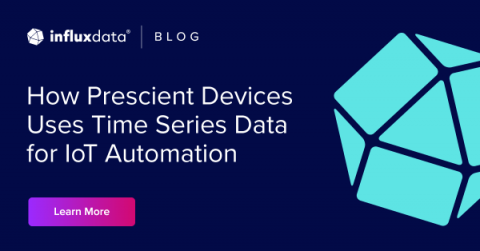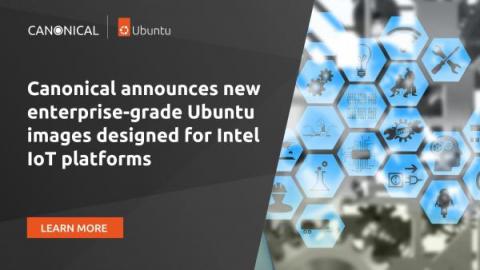Operations | Monitoring | ITSM | DevOps | Cloud
IoT
How Prescient Devices Uses Time Series Data for IoT Automation
Companies need to consider both how fast they can put edge applications into action and update them, and how quickly they can process incoming data. Industrial processes are becoming increasingly automated as sensors on machines collect a growing amount of data. Much of this data is time-stamped and can help companies improve processes. This large volume of sensor data can become unwieldy if companies don’t manage it properly.
Visualizing Time Series Data with Chart.js and InfluxDB
Time series data is a sequence of data points generated through repeated measurements indexed over time. The data points originate from the same source and track changes at different points in time. Times series data includes data like stock exchange data, monthly inflation data, quarterly gross domestic product (GDP) data, and logs from IoT sensors.
Using SWIG to generate bindings between C and Lua
Lua is one of the many great interpreters that can be run on embedded devices. It’s fast, uses little memory, is written in ANSI C, and is known by plenty of developers. These are a few of the many reasons why the team at Panic chose to include a Lua interpreter on their Playdate device and allow games to be written in it. You can think of Lua as an alternative to the MicroPython (Python) or JerryScript (Javascript) interpreters. However, there’s a problem.
Monitoring Your Fleet With Memfault Training
Canonical announces new enterprise-grade Ubuntu images designed for Intel IoT platforms
15 November 2022: Canonical announced today the availability of new enterprise-grade Ubuntu images designed for next-gen Intel IoT platforms. Purpose-built for industrial environments and use cases, the latest Ubuntu images on Intel hardware deliver the performance, safety, and end-to-end security enterprises expect from the most widely used Operating System (OS) among professional developers with latest Intel technologies pre-enabled and available.
Remotely Manage Every"Thing" with IoT Device Management
IoT Device Management Guide The Internet of Things has been raising lots of discussions and debates (of course for the benefits it offers). According to IoT Analytics, the number of connected IoT devices crossed 12 billion in 2020, which was 2 billion more than the estimated devices. Recent trends indicate that this technological transformation will not just be restricted to random “things” but will be ubiquitous, or what few are calling the Internet of Everything.











